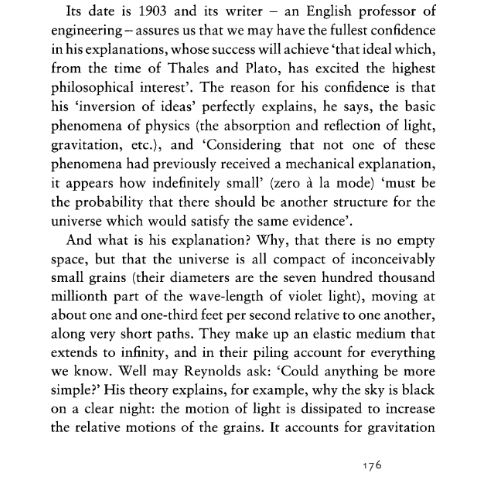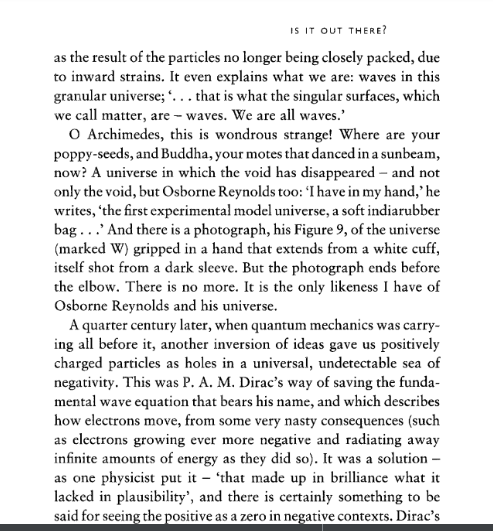This is another book that was recommended by Alison Macrina of the https://libraryfreedom.org/ project. It was listed in the further reading section of one of her talks.
I thought it would cover artificial intelligence and cybernetics a lot more than it did, but it was more of a book on the politics of the US and Russia, and on the cold war race to develop faster and better computing that supported military applications. I hoped that the final chapter would be a better conclusion to tie things together, but lo, it did not.
Sooooo much of the book covers political theory, especially capitalistic systems vs socialism and communism in particular. One should be familiar with Marshall McCluhan and the book Understanding Media, but I had not read that.
The final chapter gushes over Wired Magazine, as if that presents the final word concerning society and the internet. There were a ton of reference to Wired Magazine, but not many (any?) other periodicals that cover the internet as a social tool. It was like he was cherry picking quotes from Wired Magazine to show a point, and he did not explore other sources that might challenge that point.
The author did talk about the academic gift economy (p. 277 for example) and the way academics share information more freely, but the concepts of open access, and the problems with academic information hidden behind paywalls was not mentioned at all.
It is noteworthy that the book came out in 2007, and it got some things right. It mentioned that YouTube was a growing source of media viewing (p. 285), and it was pretty new in 2006/2007. It only mentioned the word blog once, and it is not in the index. Social media was not really covered or predicted.
Here are some specific things that jumped out at me.
Very soon, when the Net was ubiquitous, everyone would be equal within cyberspace. The rule of the few over the many was only a temporary condition. (p. 275.)
Ummm. What? The internet is not going to make the world an egalitarian place.
Of course, Napster was mentioned.
Anyone who distributed unauthorized copies of copyrighted material over the Net must be punished. Anyone who invented software potentially useful for on-line piracy should be criminalized. The courts and police had to stop consenting adults from sharing information with each other without permission. (p. 281)
Academics have been getting around this problem and issue for decades and decades. There are ways to get copyrighted material (journal articles and other bits of research) from others through email. This was not discussed at all. Napster made it easier for people to share songs with each other, and the music industry did not like that.
Overall, the book was a hard slog, since I was not expecting a book about communism vs the capitalist system. This review in Goodreads hit the nail on the head. “The book provides a lot of historical insight, really interesting, though it’s written in a such boring manner it’s really hard to go through it.”
I do agree with this statement from a different review of the book.
Barbrook has an amusing take on our distorted – if not delusional – relationship with technology, but his underlying point is serious: future visions of technology are used to distract us and also control us, and if we forget these imaginary futures, we are likely to repeat them.

